Milligan Family Crest, Coat of Arms & Milligan Name Origin
|
|
|
|
|
| Return to Home page | Bookmark this page | Link to this page | Send a Milligan Postcard |
| Find Your Name | ||||||||
| A | B | C | D | E | F | G | H | |
| I | J | K | L | M | N | O | P | |
| Q | R | S | T | U | V | W | X | |
| Y | Z | |||||||
Milligan Family Crest


Origin of the Name Milligan
The Milligan family history was found in the allfamilycrests.com archives.
Over the centuries Surnames developed a wide number of variants. Different spellings of the same name can be traced back to an original root. Additionally when a bearer of a name emigrated it was not uncommon that their original name would be incorrectly transcribed in the record books at their new location. Surnames were also often altered over the years based on how they sounded phonetically and depending on the prevailing political conditions it may have been advantageous to change a name from one language to another.
Variants of the name Milligan
include Molohan, Mulligan, Milliken, and Mulqueen. This family Sept, in Irish O'Maolagain, is of distinguished origin, its Chiefs being Lords of a territory called Tir McCarthain in the baronies of Boylagh and Raphoe, County Donegal. They were dispossessed in the Ulster Plantation of the early seventeenth century. Today these families are chiefly located in Counties Mayo and Monaghan. In 1659 they were found in considerable numbers in the Monaghan and Fermanagh areas, and also in the Longford-Westmeath area. In Donegal their name was sometimes changed to Molyneux, but this is rare there now. Of this sept was Charles J. Mulligan, 1866-1916, the American sculptor, who was born in County Tyrone. John O'Mulligan, who was Bishop of Leighlin and died in 1431, is also said to be of this line. The names Milligan and Milliken can also be found in the North-Eastern part of Ulster Province as well as in County Dublin .
The Milligan coat of arms came into existence centuries ago. The process of creating coats of arms (also often called family crests) began in the eleventh century although a form of Proto-Heraldry may have existed in some countries prior to this. The new art of Heraldry made it possible for families and even individual family members to have their very own coat of arms, including all Milligan descendants.
|
WONDERFUL GIFTS FOR EVERY OCCASION
Show Off Your Heritage With Our Range Of Top Class Gifts For Your Family Name! VERY LIMITED TIME OFFER: FREE DELIVERY!!! |
||
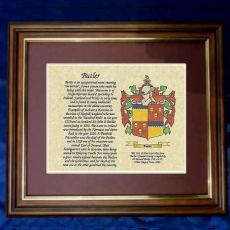 Parchment Prints: Framed, Unframed, Perfect  |
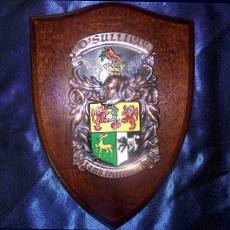 Researched Hand-Painted Plaques & Shields  |
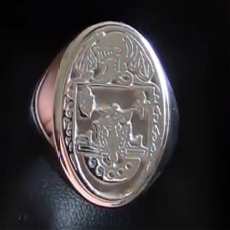 Incredible Hand-Engraved Signet & Seal Rings  |
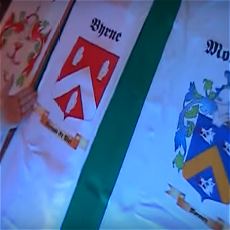 Get your Family Crest Flag, on Ireland or White background!  |
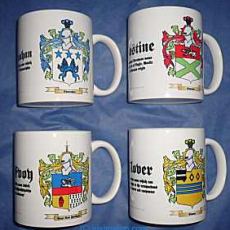 Personalized Coffee Mugs Make Thoughtful Personalized Gifts  |
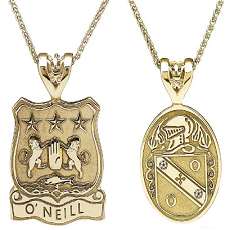 Engraved Pendants in Gorgeous Gold or Stylish Silver.  |